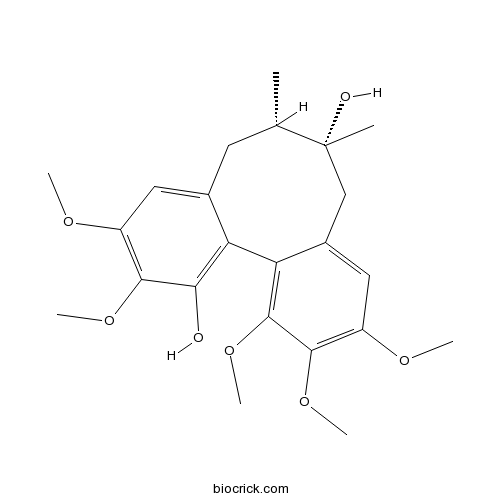Maclura tricuspidata
Maclura tricuspidata
1. The products in our compound library are selected from thousands of unique natural products; 2. It has the characteristics of diverse structure, diverse sources and wide coverage of activities; 3. Provide information on the activity of products from major journals, patents and research reports around the world, providing theoretical direction and research basis for further research and screening; 4. Free combination according to the type, source, target and disease of natural product; 5. The compound powder is placed in a covered tube and then discharged into a 10 x 10 cryostat; 6. Transport in ice pack or dry ice pack. Please store it at -20 °C as soon as possible after receiving the product, and use it as soon as possible after opening.
Natural products/compounds from Maclura tricuspidata
- Cat.No. Product Name CAS Number COA
-
BCN1261
Quercetin-7-O-beta-D-glucopyranoside491-50-9
Instructions

-
BCN3902
Gomisin H66056-20-0
Instructions

Moraceae Plants with Tyrosinase Inhibitory Activity: A Review.[Pubmed: 27292779]
Hyperpigmentation is an abnormal darkening of the skin mostly derived from excessive melanin production. It is typical of skin disorders including melasma associated to pregnancy or age, freckles, sun freckles and photoaging, age spots, and actinic keratosis. These conditions can be uncomfortable for aesthetic reasons and specific depigmenting treatment is frequently requested. Tyrosinase (EC 1.14.18.1) is the rate-limiting enzyme of melanin synthesis and the main target of antihyperpigmentation remedies. Much interest is focused on compounds able to inhibit tyrosinase activity, particularly natural products, for which there is an increasing demand in the fields of cosmetics and pharmaceutical applications. This review concerns plants from the Moraceae family that have shown tyrosinase inhibition in vitro, including species from the genera Morus, Artocarpus, Maclura (Cudrania), Broussonetia, Milicia (Chlorophora), and Ficus. Compounds with remarkable tyrosinase inhibitory properties have been isolated from the wood and bark of different species, such as calchones, stilbenoids, flavonoids and diterpenes. Studies of structure-activity relationships have suggested that an unsubstituted resorcinol moiety is important for the acquirement of strong tyrosinase inhibition, but various exceptions have been reported. A few species, such as M. alba, A. heterophyllus, A. incisus, Maclura tricuspidata, and C. excelsa, have also shown inhibition of melanin biosynthesis on cultured melanoma cells. In addition, wood extract and the stilbene artocarpin from A. incisus have induced whitening effects on guinea pig skin, while an extract from A. lakoocha has hindered melanin formation in human volunteers. The complex of data indicates that Moraceae plants deserve attention for the development of natural and semi-synthetic tyrosinase inhibitors able to compete with, or outclass, currently available skin whitening drugs.


